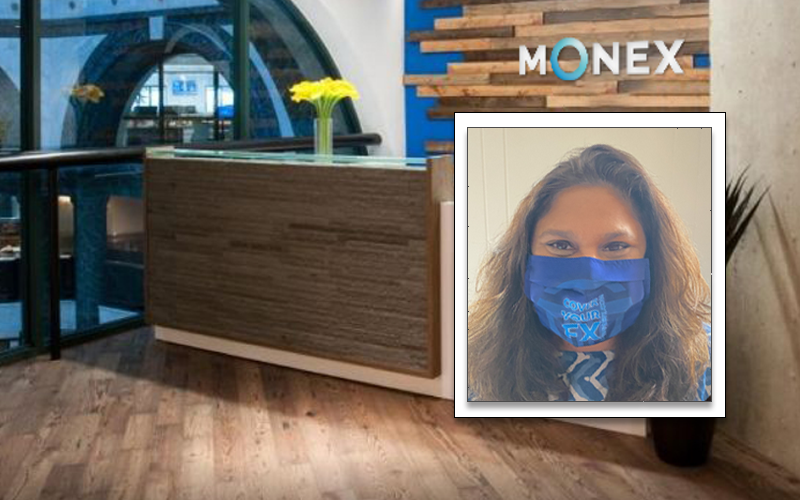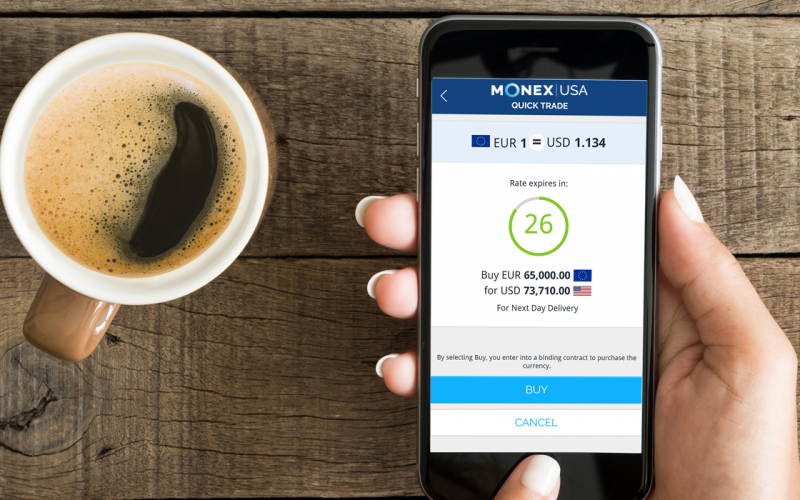Whether someone is referring to a buck or a greenback, it is widely understood that these are alternative names for the US Dollar. In the world of currencies, we often find that money goes by several nicknames, but this is a bit complicated in the context of North Africa (Morocco and Algeria specifically).
While the currencies of Morocco and Algeria are called the Dirham and Dinar respectively, there’s a chance you might have heard people in these countries use different names for these currencies. At first glance, they seem like regular nicknames, but they, in fact, represent totally separate currencies with their own values. In both countries, you will often hear people refer to prices of goods in Francs, Douros, and Rials. All three currencies are remnants of the countries’ colonial eras yet they continue to hold meaning and value in society. In daily life, Moroccans and Algerians must mentally switch currency codes (MAD = Moroccan Dirham, DZD = Algerian Dinar) in order to make sense of prices and the value of commodities. If we look at this mental process through this lens, then the term Code-Switching in North Africa doesn’t apply to everyday speech, but also in daily market transactions.
Let’s first consider two scenarios:
- Imagine you go to Starbucks, and you get a coffee for $5. When the cashier rings up the total, rather than saying your purchase comes to $5, they instead say you owe them 500 cents.
- In the 2nd scenario, let’s say you go buy some veggies which add up to $6. Rather than saying 6 dollars, the cashier will say you owe 120 nickels.
In the US these would be very strange ways to express the total, but in Morocco and Algeria, this is completely normal! While your average cup of coffee in Algeria would be listed on a menu for 30 Dinars, the cashier would most likely tell you that you owe 3000 francs (pronounced frac) aka, the same amount but reflected in 100ths, or cents. As for the second scenario, prices in Morocco (especially in local produce markets) are referred to in Rials where 1 Rial = 20 Dirhams. In both situations, while people are physically dealing with the modern government-issued currencies, they are verbally in currencies that no longer exist. Both scenarios reflect each country’s colonial pasts, and they are a perfect example of how these histories still affect the way people value and make meaning of things.
| Currencies | Frac | Douro | Rial |
| Moroccan Dirham | 1 Frac = 0.01 Dirham | 1 Douro = 0.05 Dirham | 1 Rial = 20 Dirham |
| Algerian Dinar | 1 Frac = 0.01 Dinar | 1 Douro = 0.05 Dinar |
The way people view currency in Morocco and Algeria reflects a long history of trade with the West that ultimately ended in exploitation and subjugation. While people still refer to these currencies in daily local market transactions, there is a generational gap in how people value things. From what I noticed in my times in Morocco and Algeria, this way to view currency is something unique to the older generation (The generation that experienced an Algeria and Morocco before independence). People still widely refer to prices in Fracs and Rials, but this looks to be in accommodation for the older generations.
What is important to note is that I have described how people verbally refer to the prices of things, not how they list them. Currencies like fracs and rials are never written down, but rather, only verbally expressed. For example, prices will usually be listed in MAD or DZD, but the vendor will tell you your total in frac or rials. For big purchases like rent for an apartment, people will express what they pay in rials or fracs. In Morocco especially, people that are uneducated or illiterate, often only understand prices in their rial values. Take a second to think about that; in every other example I gave, there is a sense of two currency systems existing within the psyche of the average Moroccan or Algerian. People are aware of the true prices of things, but they continue to express these values in an extinct system that inhabits an almost parallel reality. For illiterate populations of Morocco, They are solely, mentally operating in a system that was introduced in 1881. It is also worth mentioning that, the rial varies in rate depending on where you are! While historically 10 rials = 1 Dirham, and now 20 rials = 1 Dirham, in Tangiers and the Rif, only 2 rials = 1 dirham. This variance of rate shows that the rial is used both as a monetary value and as a monetary expression.
In the case of North Africa, money and language have intersected to create a language of currencies. These expressions call back a system extinct in the eyes of the state, but alive and well in daily exchanges of goods and services. These symbolic interactions that take place in the Moroccan/Algerian marketplace often override the official state system. This is a result of people placing subjective meanings (given to them by historical precedent) on the currency in North Africa. Hopefully, this post has conveyed how Moroccan and Algerians’ daily market interactions are a result of Europe’s economic legacy in North Africa. Colonialism, and in general, history’s effect on society is often analyzed at a macro level. While there may be a copious amount of work on colonialism’s pernicious legacy on North African economies, more attention needs to be paid to how it affects people’s everyday lives. I am not trying to say that Algerians/Moroccans referring to non-existent currencies is a bad thing, but I want to make the point that our histories have a profound effect on how we make sense of the world and negotiate our own personal identities.





